How the art salon came home
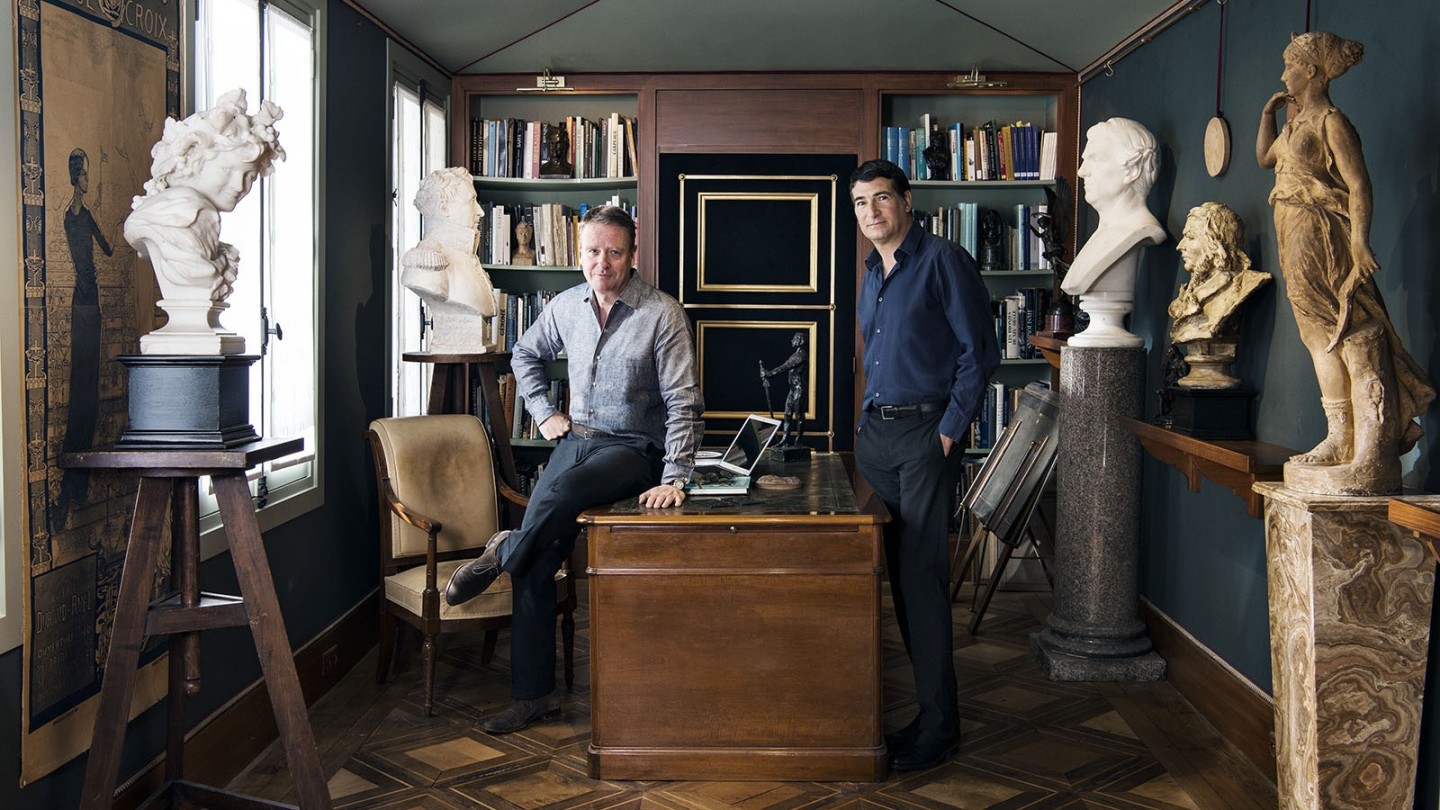
Simply sign up to the Arts myFT Digest -- delivered directly to your inbox.
It’s the kind of cobbled courtyard you might dream up if asked to imagine the perfect Parisian apartment building. There are plants in terracotta pots, their leaves a shade brighter than the decorative iron gates. Greenery clambers across an ancient wall and a Rapunzel-like garland curls around a drainpipe. When the sun is shining, the rays create a honeyed backdrop for the abstract paintings and sculptures on display in the first-floor apartment-gallery belonging to Louis & Sack.
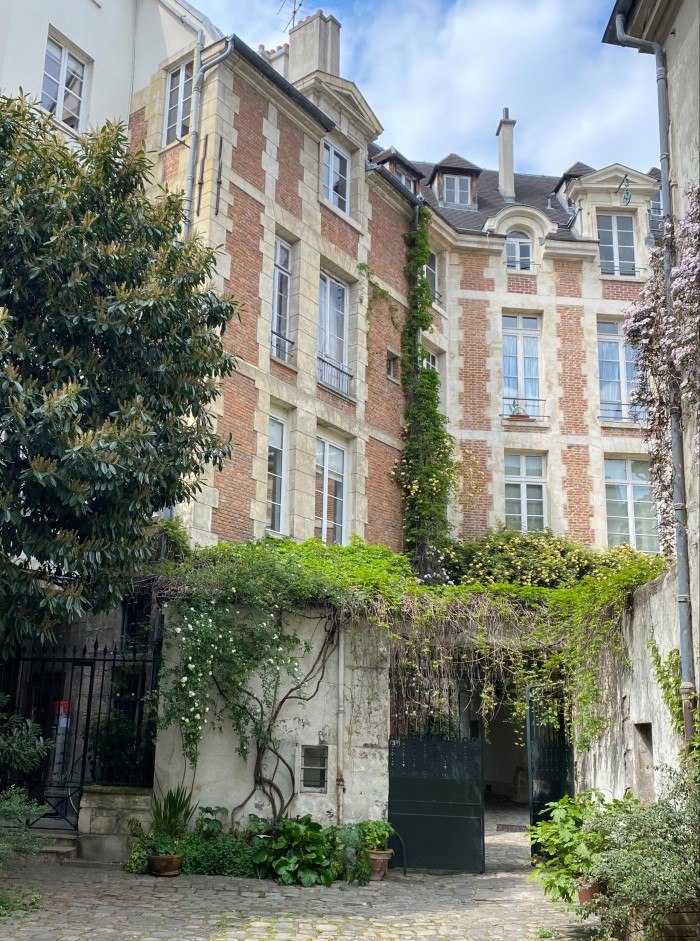
Aude Louis Carvès and Rebecca Sack established the gallery in the Cour de Rohan in 2020. “We chose it because it’s an inspiring place, full of creativity and history,” says Louis Carvès, who previously headed up the Asian art departments at Aguttes and Bonhams. A short walk from the Place de l’Odéon, the building containing the gallery was originally commissioned in the 16th century by King Henri II for his mistress Diane de Poitiers. Since the ’30s, it’s been a hub for artists and writers including Balthus, Simone de Beauvoir and Jean-Paul Sartre, and today residents include the Giacometti Foundation and the great American textile artist Sheila Hicks.
“When we decided to create the gallery, it was clear to us that it had to be in an apartment,” says Sack. “We wanted to offer a bespoke experience in a confidential space, and in an environment that invites contemplation and facilitates exchange.” The gallery is open by appointment, and the art curated by visiting collectors.
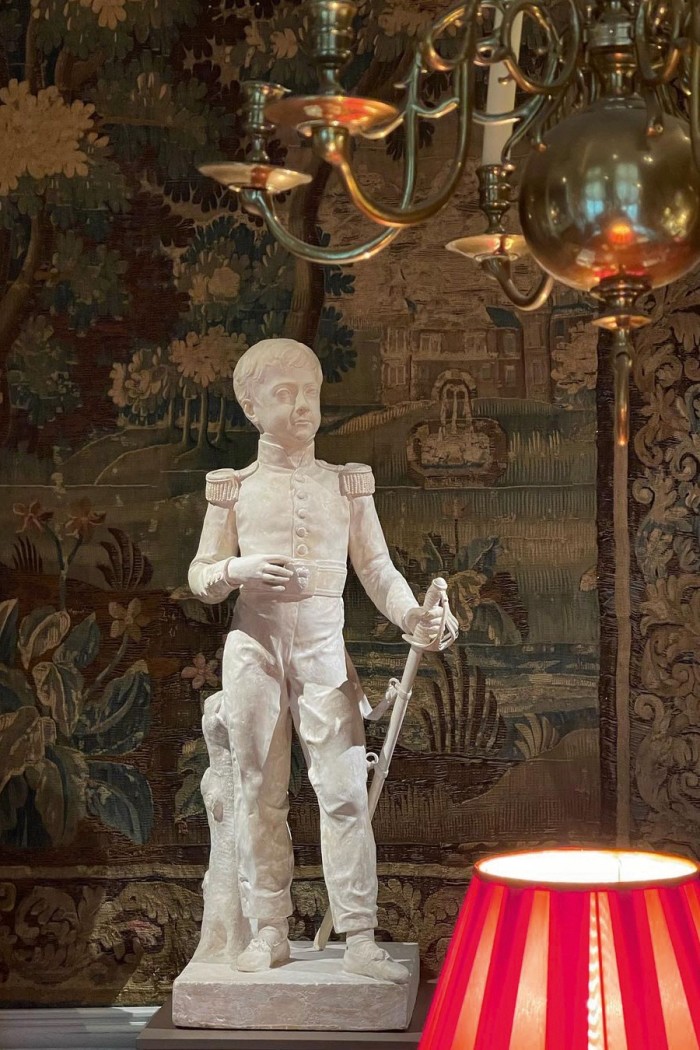
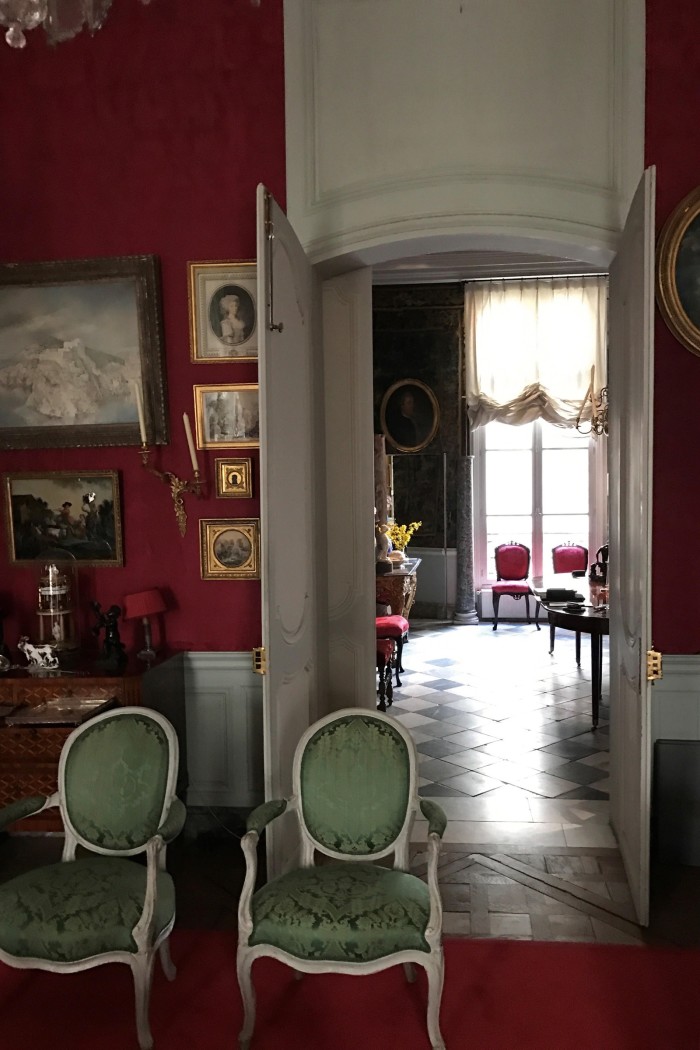
Louis & Sack is one of a handful of apartment-galleries taking part in the inaugural Fine Arts Paris & La Biennale, which launches at the Carrousel du Louvre on 9 November. A marriage of two leading art fairs – the long-running Biennale, founded in 1956, and the fast-growing Fine Arts Paris, on the scene since 2017 – it will be the only one in Paris dedicated to art from antiquity to the present. Over the past decade, as the number of fairs has risen, so too has the number of galleries in apartments; though it’s hard to find an exact figure, estimates put it around 40. The alchemy lies in the yin and the yang between up-tempo fair and quiet apartment-gallery: “We know that in order to be successful, we need to take part in fairs, and the energy, vibrancy and creativity we experience at such events, as well as the people we meet, are essential to developing our business,” says Louis Carvès. “However, after a frantic week at a fair, it’s always great to get back to a quieter environment to process all we’ve seen and learned. This applies to our clients, too.”
The history of apartment-galleries stretches back to the 17th century, when galleries with shopfronts in Paris were few and far between. More commonly, art was bought and sold either at the salons, the auction house or directly from artists’ studios. Among the best-respected dealers was Jean-Baptiste-Pierre Le Brun: husband to the celebrated portrait painter (and friend and favourite of Marie Antoinette) Élisabeth Louise Vigée Le Brun, he sold his wares in hôtels and at the couple’s home in the Marais – much of which Élisabeth documented in her diaries, which she published between 1835 and 1837.
Jean-Baptiste-Pierre Le Brun is a figure entwined in the story of sculpture specialists Olivier Trebosc and Alfred van Lelyveld; in the late 18th century, Le Brun bought and sold the collection of philosopher Baron d’Holbach, who owned the building where the gallerists now live and work. Trebosc + van Lelyveld was founded in Amsterdam in 1992, had a stint in New York, and in 2003 set up shop on the first floor of d’Holbach’s former townhouse on Rue des Moulins. “We’re in a niche market, so we don’t expect to attract clients from passersby,” says Trebosc, who, together with van Lelyveld, studied art history at the École du Louvre. “Dealing privately is an efficient way of doing things; it enables us to dedicate more time to research and discovering new objects.”
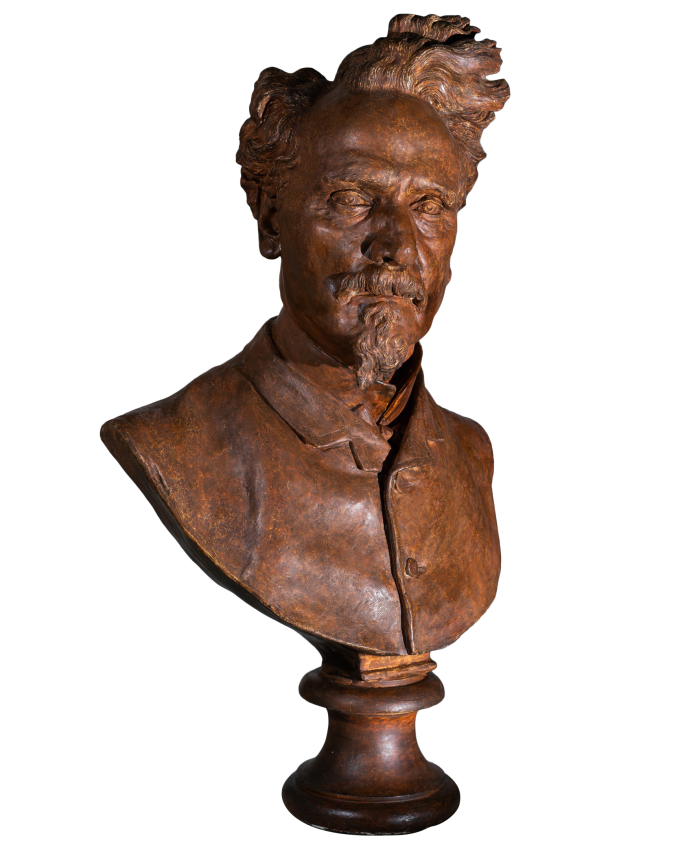
A bust of Victor-Henri Rochefort by Aimé-Jules Dalou, at Trebosc + van Lelyveld
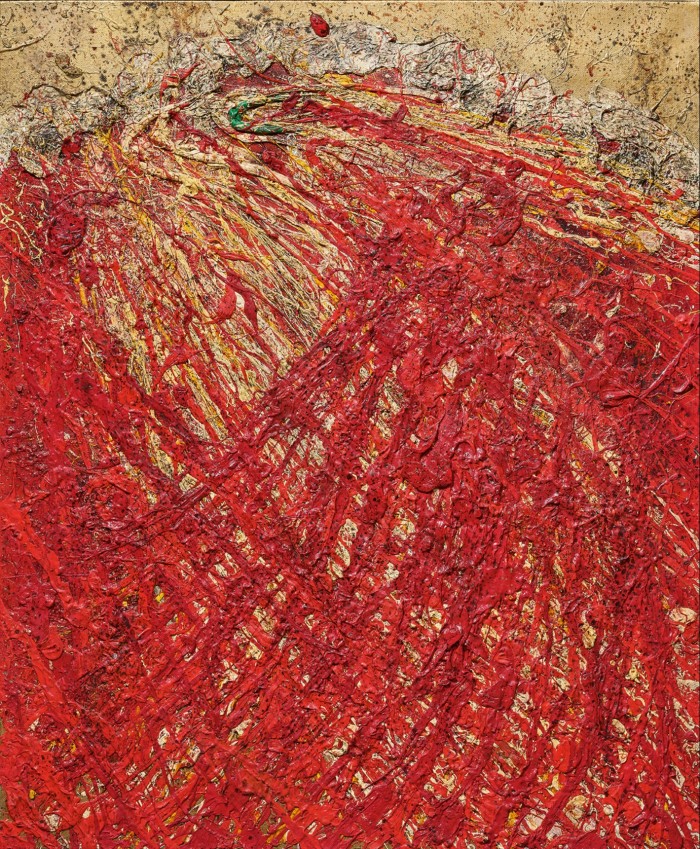
Avalanche, 1963, by Toshimitsu Imai, at Louis & Sack
In Trebosc + van Lelyveld’s first-arrondissement apartment, European sculptures from the Renaissance to the 20th century stand on wooden and marble plinths alongside 18th-century furnishings. Among the pieces is a small bronze satyr by the Dutch sculptor Willem Danielsz van Tetrode (€340,000) and a plaster bust of the journalist Victor Henri Rochefort by the French sculptor Aimé-Jules Dalou (€60,000) – they are taking both to Fine Arts Paris & La Biennale. When the duo bought the apartment, it had been converted into offices, with glass doors and lowered ceilings. With the help of interior designer Jacques Garcia, van Lelyveld and Trebosc fully restored and decorated it with verdure tapestries, plush sofas and velvet upholstered chairs. Like d’Holbach, famous for hosting a twice-weekly salon that attracted Benjamin Franklin and Thomas Jefferson, they entertain clients here.
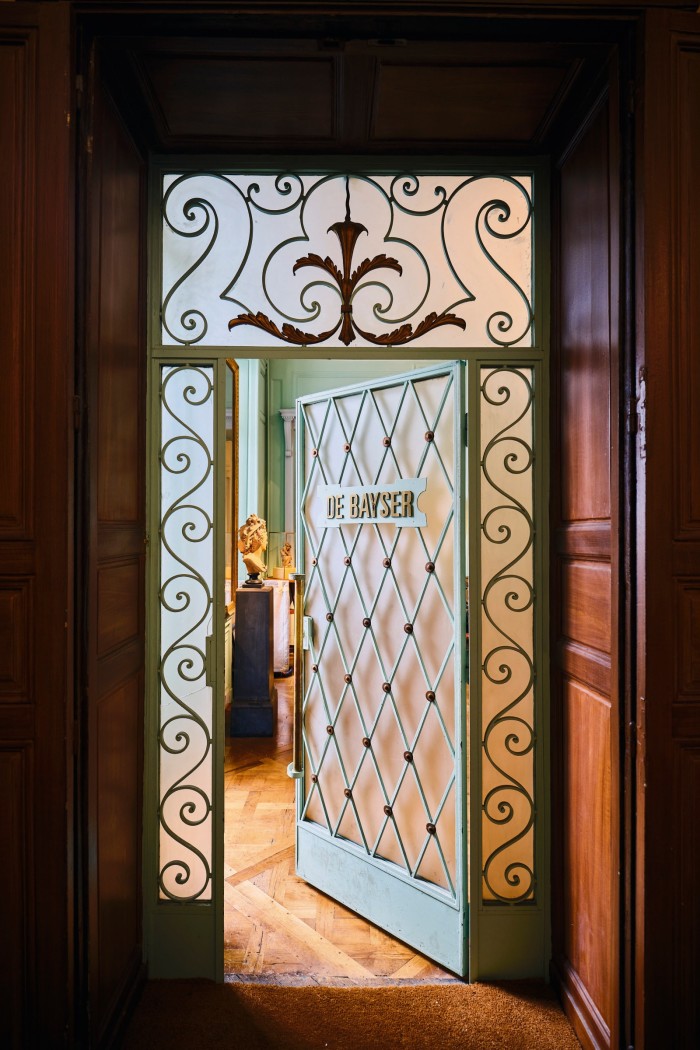
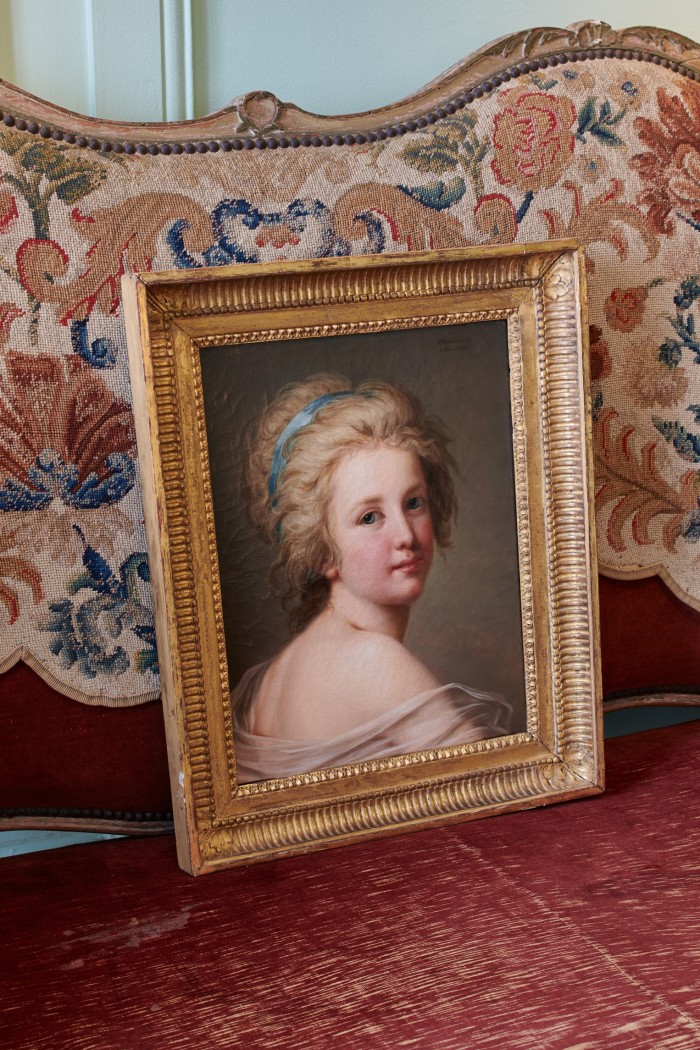
While van Lelyveld believes that collectors like to discover works in a setting matching the period in which they were made, for Bruno and Thérèse de Bayser, who moved their family-run gallery into an apartment on Rue Sainte-Anne in 1985, the appeal of a domestic setting had less to do with aesthetics and more to do with exclusivity. “Our parents acquired the place because the gallery on Rue de Varenne created by our grandparents had become too small,” says Matthieu, who, together with his brothers Louis, Augustin and Patrick, is the third generation at the helm. “They were instantly drawn to it. They believed that to see a work of art well, you needed to feel as though you were in a private space. Funnily enough, our grandmother thought my father was mad and a gallery without a shop window would never succeed.”
Galerie de Bayser specialises in Old Master drawings, paintings and sculptures, which are juxtaposed in the apartment. Tucked away at the far end of a courtyard, the 17th-century townhouse was commissioned in 1674 by Louis XIV’s secretary of state for war, the Marquis de Louvois, for his children. Up on the first floor, a pistachio-green wrought-iron door opens onto a suite of large rooms with wood-panelled walls and parquet-de-Versailles floors. Corridors lead to several smaller spaces and a grand library with oak counters containing an archive of 600 drawings. There are two dedicated exhibition spaces, one lined with blue brocatelle, the other painted pale blue.
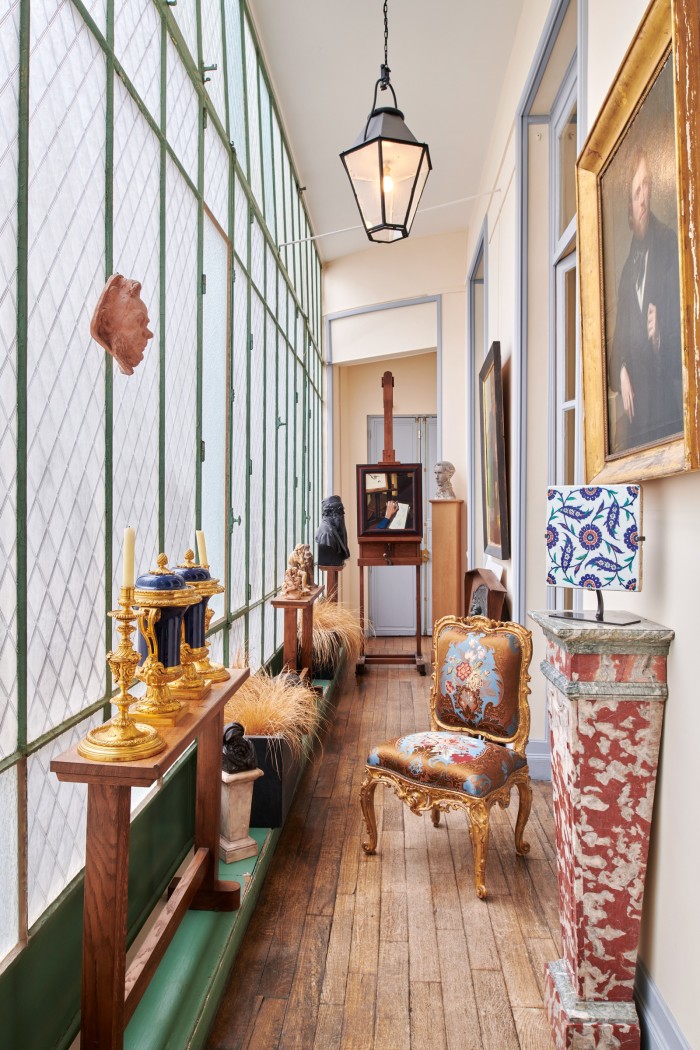
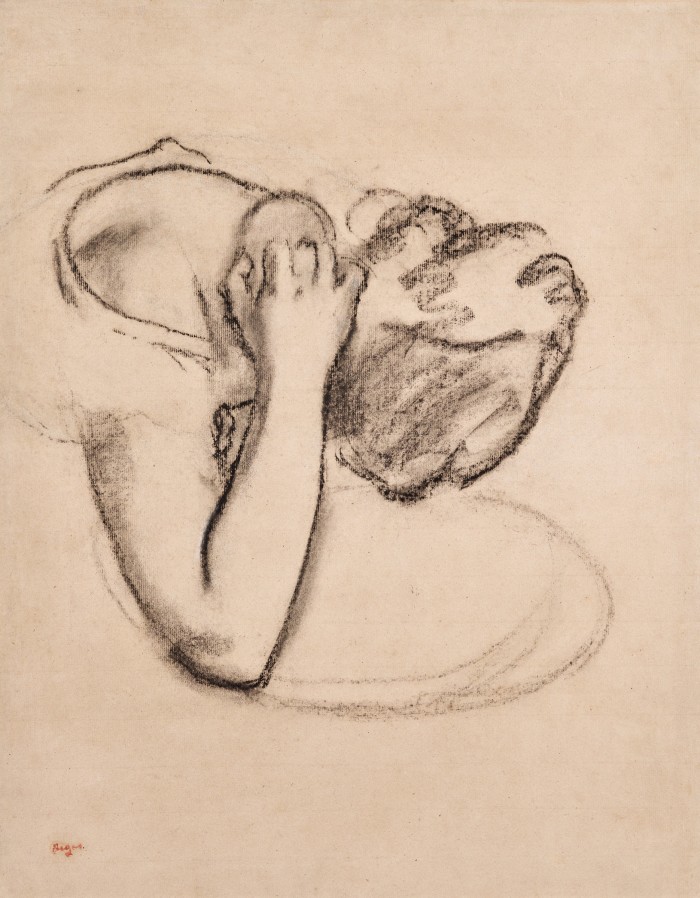
Femme s’épongeant la nuque, by Edgar Degas, at Galerie de Bayser
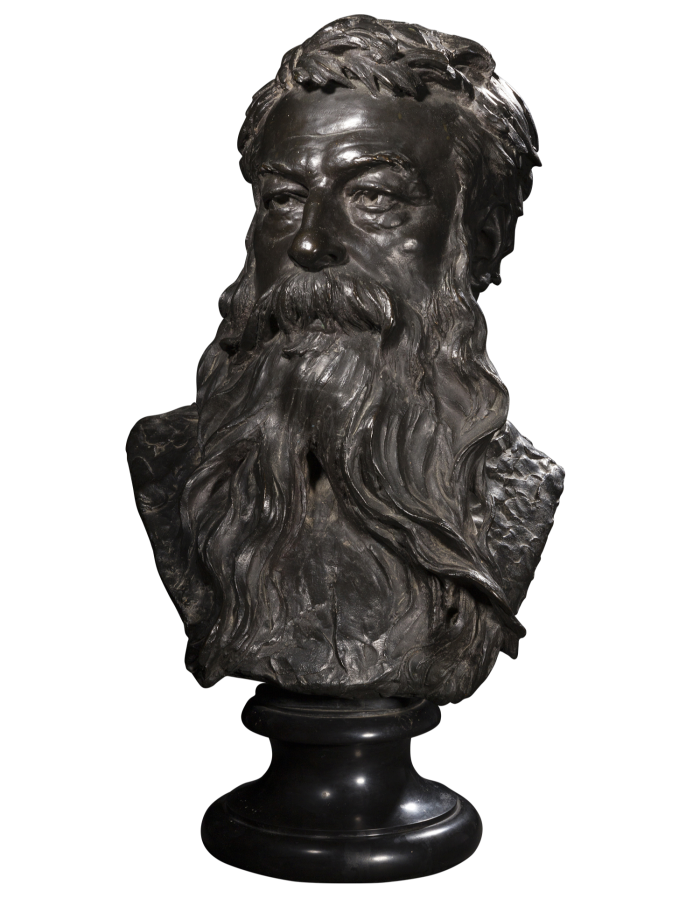
A bronze bust of Ernest Meissonier by René de Saint-Marceaux, at Galerie de Bayser
“Our parents bought the furniture in the ’80s, including neo-gothic mahogany bookshelves and Louis XIII and Empire armchairs,” says Louis, who is also president of Fine Arts Paris & La Biennale, and who shares an office with Matthieu overlooking the courtyard. Next door is Patrick’s office – a sunny, yellow room used for welcoming, and occasionally wining and dining, clients – while Augustin’s is beyond the winter garden. “When collectors come, we take the time to unframe drawings and check references in the library,” says Matthieu. “They wander from one room to another and sometimes discover a drawing that hasn’t yet been hung and [which] we hadn’t planned to show them.”
Since the 2007-2008 financial crisis, temporary galleries have popped up in apartments around the world – though few of them share the history and the splendour of these treasure troves in Paris. They are “an environment that’s cosy and conducive to in-depth conversations,” says Matthieu. They are also often highly personal – on the walls of his and Louis’ office are drawings by the brothers’ maternal grandfather – and definitive: open by appointment only, these art-filled spaces are destinations rather than spaces to pass through.
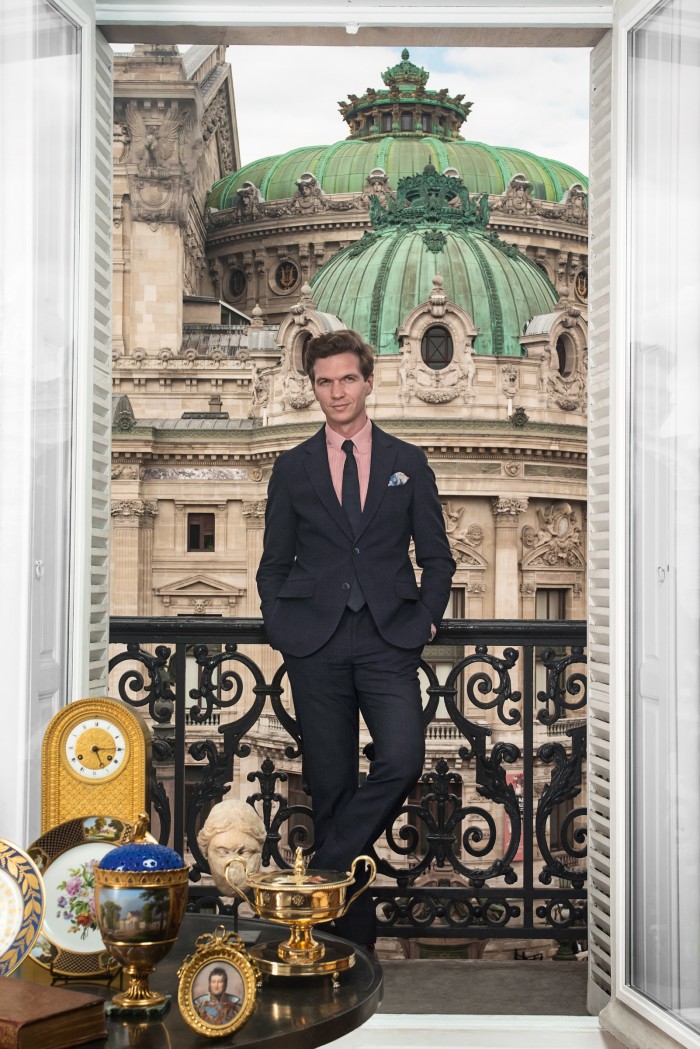
Maxime Charron, who created Royal Provenance in 2014, experimented with a ground-floor gallery for three years before moving to an apartment in front of the Opéra Garnier in 2019. “It didn’t totally convince us,” he says of the original location, “though the timing may have been wrong, and the growth of our online business also played a role in my decision [to move].” The size of the fourth-storey space on Rue Auber means that when the 36-year-old is in town, he can live among the European heirlooms he specialises in. Built in the Haussmann era, the apartment retains its original mouldings and wrought-iron balcony. Charron painted the walls “royal” blue to bring out the gilding of the frames and decorative objects, many of which have their own regal connections: a silver service made for Louis Philippe I (€20,000-€30,000), complete with cutlery by Christofle with the king’s coat of arms (€15,000). There are also curiosities such as a leather box containing the keys to Paris’s royal parks, notably those of Versailles, possibly given by Louis Philippe I to his eldest son the Duc d’Orléans (€60,000). Fittingly, Charron has selected these to take to Fine Arts Paris & La Biennale.
Yet despite the royal pretensions, Charron wants his gallery to function like a “normal” Parisian apartment, homely yet elegant. “We want to recreate an interior that could be that of the collector, and that allows the items or paintings to be seen as they might be in a private context,” he explains. “The clients feel at home; they come to admire the works and the view, then we talk on comfortable sofas over a coffee in a Sèvres cup or a glass of champagne.” Because what Parisian apartment – or apartment-gallery – is complete without fine porcelain, champagne and a coat of arms?
Fine Arts Paris & La Biennale is at Carrousel du Louvre from 9 to 13 November, fineartsparislabiennale.com
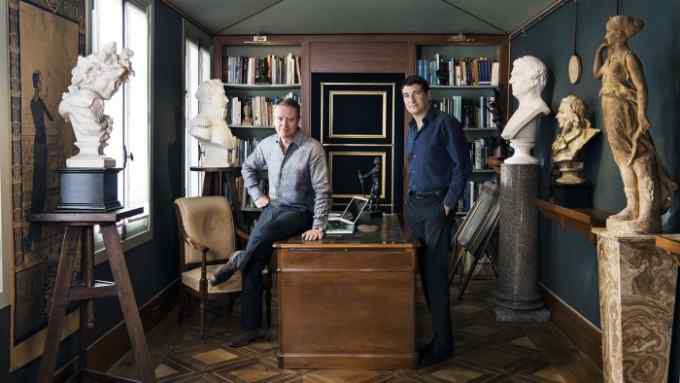
Comments